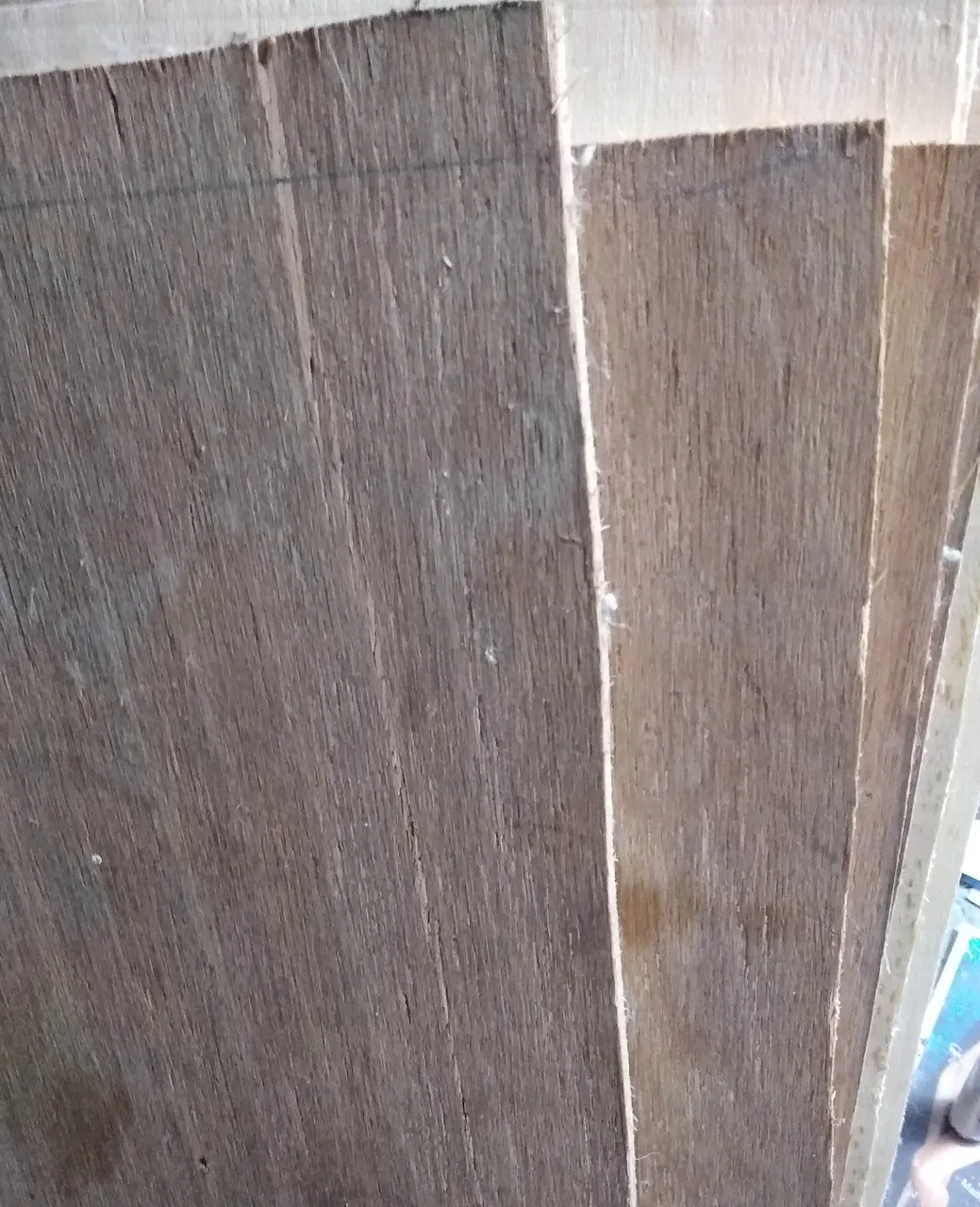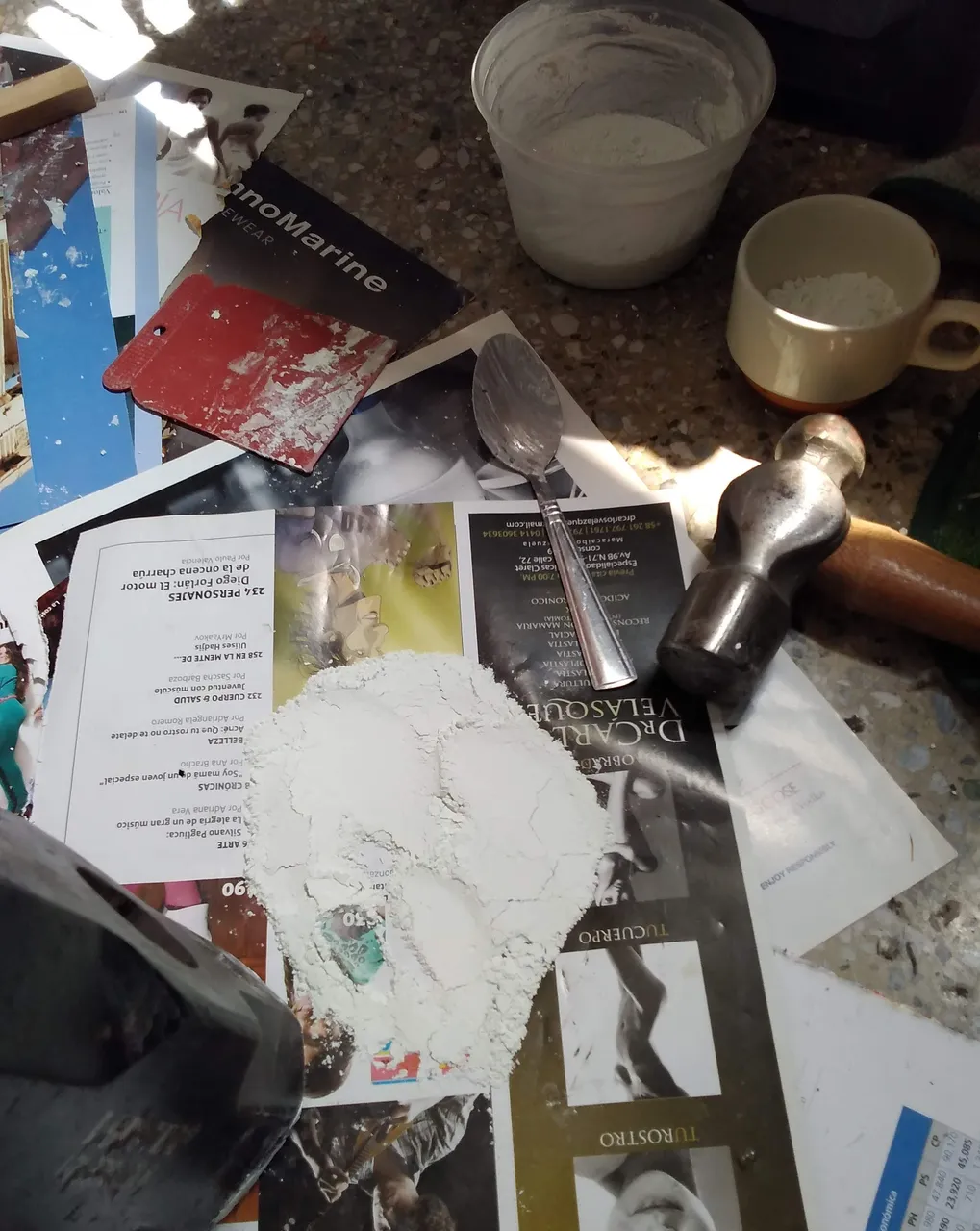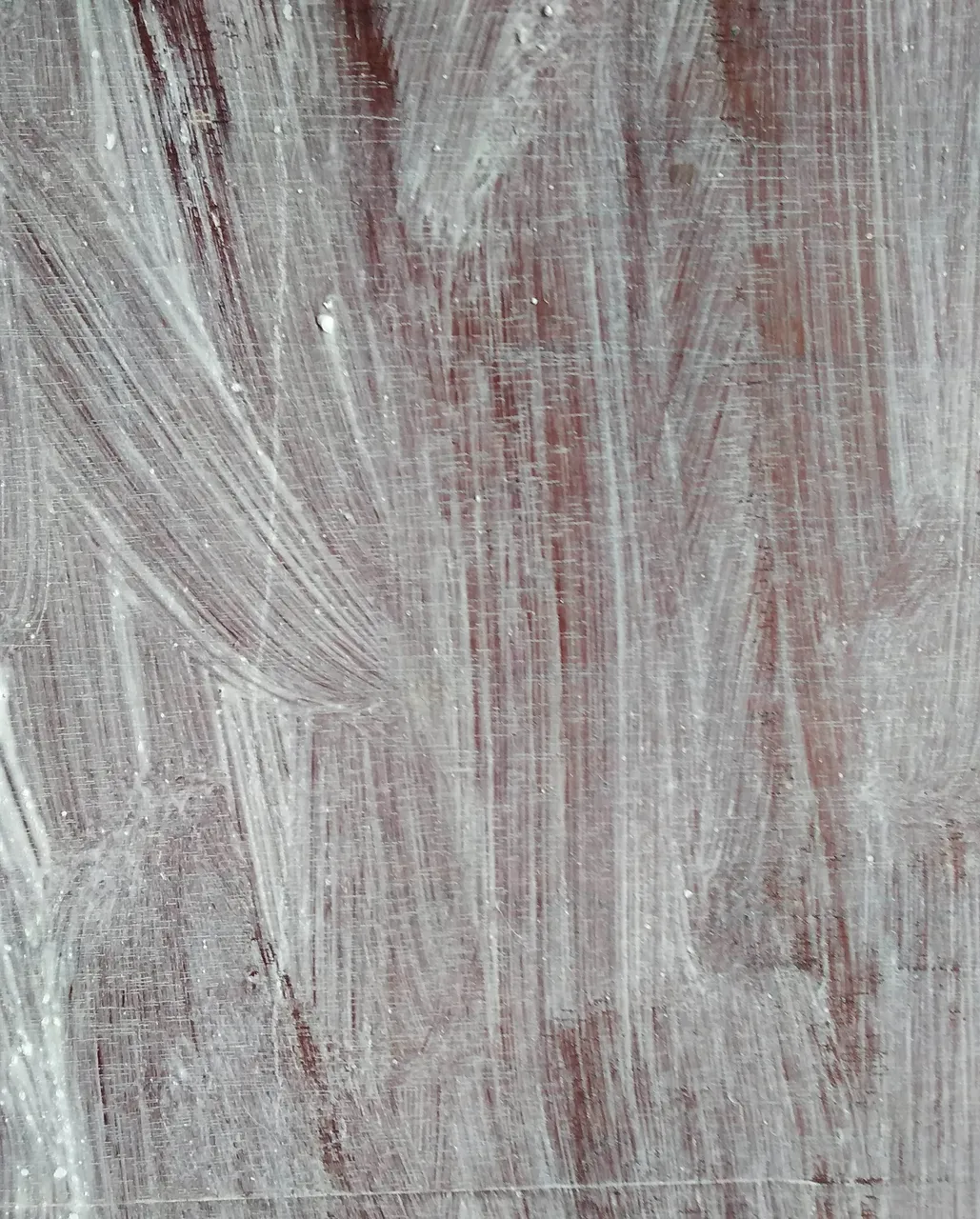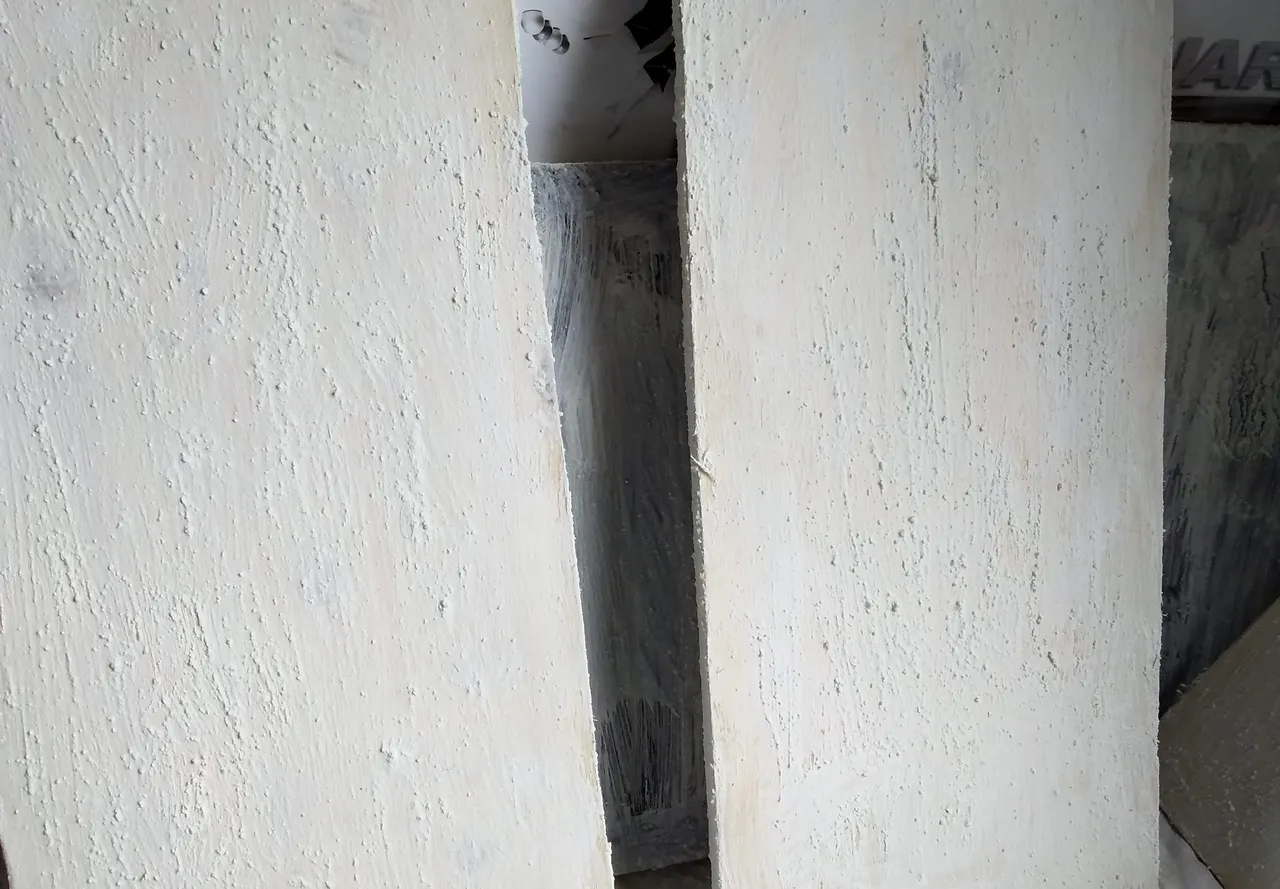Saludos a todos
Tengo tiempo sin publicar porque me estaba recuperando de una enfermedad del estómago, afortunadamente ya estoy mejor, puedo pensar y escribir con claridad, sentarme y comer mejor.
Aprovechando esta idea de volver a la vida quería hablar un poco hoy sobre reciclaje y reutilización. Por eso verán en las fotografías unas tablas que logré salvar para darles nueva vida.
Eran un montón de tablas viejas que se iban a botar, pero como ando en esta onda de aprender a pintar decidí aprender alguna técnica de imprimación, es decir, de preparación de superficies para pintar.
Como bien saben las pinturas al óleo y las acrílicas requieren un medio para poder plasmarse. En el caso del óleo requiere una superficie con grados de absorción relativamente bajos y además superficies que duren. Es importante que la superficie no se doble o se abombe. No todas son adecuadas, pero creo que sirven.
Greetings to all
I have some time without publishing because I was recovering from a stomach disease, fortunately I am better now, I can think and write clearly, sit down and eat better.
Taking advantage of this idea of coming back to life I wanted to talk a little today about recycling and reuse. That's why you will see in the pictures some tables that I managed to save to give them new life.
They were a bunch of old boards that were going to be thrown away, but as I am in this wave of learning to paint I decided to learn some priming technique, that is, preparing surfaces to paint.
As you well know, oil and acrylic paints require a medium to be able to be shaped. In the case of oil, it requires a surface with relatively low degrees of absorption and also surfaces that last. It is important that the surface does not bend or bulge. Not all of them are suitable, but I think they work.

Estas son algunas de las tablas. Claro, la mejor superficie quizás sea el lienzo preparado o imprimado, para que el trabajo se conserve mejor. Sin embargo en una tabla una pintura puede durar bastante.
Lo que hice fue investigar en Youtube y leer bastante. Vi que una manera de hacer la mezcla sencilla, el "gesso", era mezclar yeso, cola de carpintero y pintura blanca. Yo tenía un yeso guardado muy viejo que estaba grumoso, así que me tocó ponerme a machacarlo manualmente para tratar de recuperarlo, compré una cola, la más económica, y un poquito de pintura al frío o acrílica blanca, barata también.
Con una brocha me puse a darle capas por ambos lados. Lamenteblemente las primeras quedaron muy grumosas, mientras que descubría cómo moler mejor el yeso. Afortunadamente pude hacerlo, Ahora las voy a lijar para quitar las asperezas más fuertes, pero ya sirven para pintar. Me llevó varios días hacerlo, eran como 20 tablas, casi una semana, mientras esperaba que secaran bien. Pero estoy feliz porque pude recuperarlas.
These are some of the tables. Of course, the best surface may be the prepared or primed canvas, so that the work is better preserved. However on a board a painting can last quite long.
What I did was research on Youtube and read a lot. I saw that one way to make the simple mix, the "gesso", was to mix plaster, carpenter's glue and white paint. I had a very old plaster that was lumpy, so I had to crush it manually to try to recover it. I bought a glue, the cheapest one, and a little bit of cold paint or white acrylic, which was also cheap.
With a brush I started to coat it on both sides. Unfortunately the first ones were very lumpy, while I was discovering how to grind the plaster better. Fortunately I was able to do so. Now I am going to sand them down to remove the strongest roughness, but they are already good for painting. It took me several days to do it, it was like 20 boards, almost a week, while I waited for them to dry well. But I'm happy because I was able to get them back.

(Yeso)


Agradezco a todos su atención y apoyo, por acompañarme en este viaje de aprendizaje autodirigido. Ya vi que me gusta más este término que el de "autodidacta". Espero seguir mejorando para compartir los saberes. Hasta mañana.
(Ah, por supuesto, tomé todas las fotos con la cámara del celular en momentos diferentes.)
I thank you all for your attention and support, for accompanying me in this old age of self-directed learning. I have already seen that I like this term better than "self-taught". I hope to continue improving to share the knowledge. See you tomorrow.
(Ah, of course, I took all the pictures with my cell phone camera at different times).
